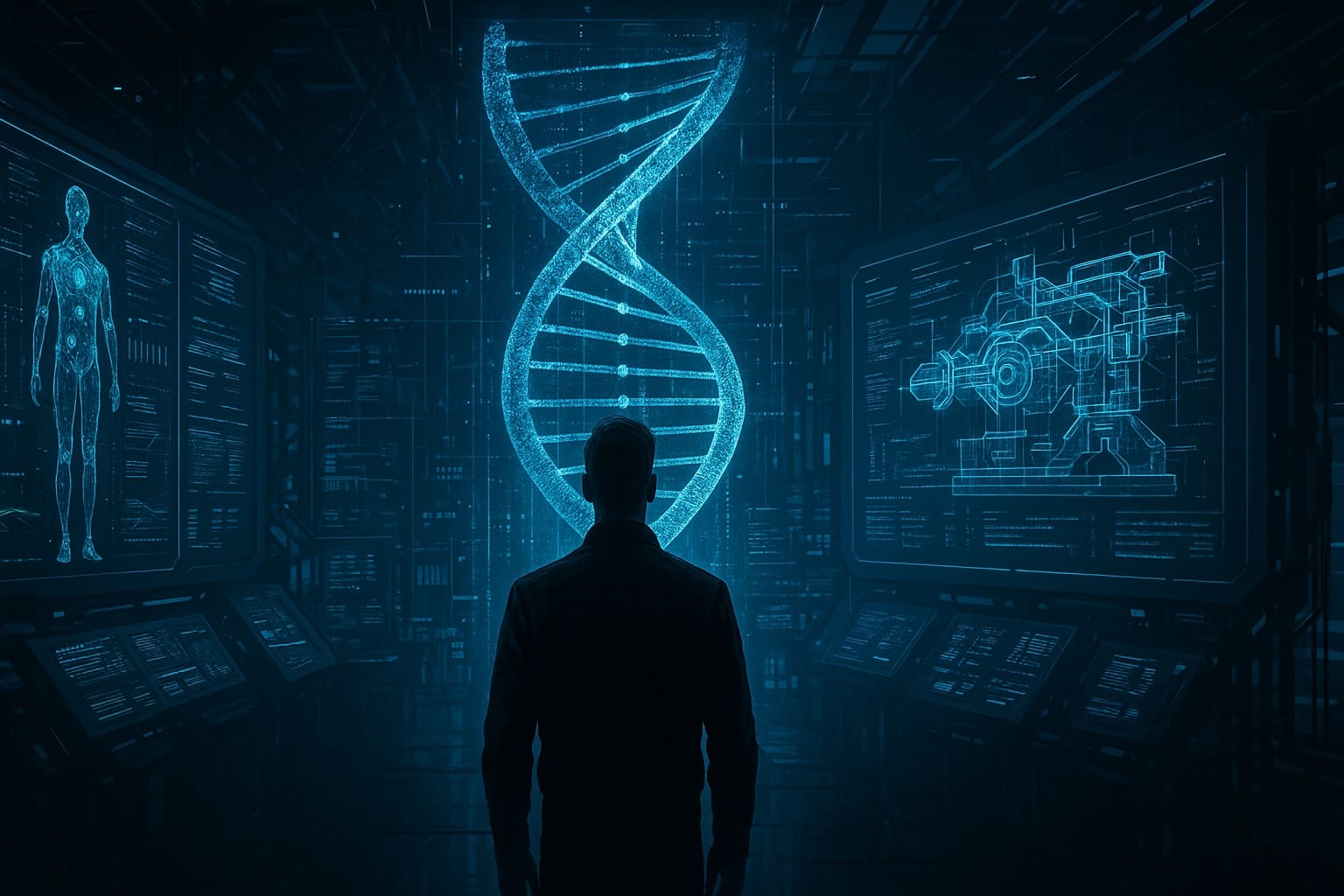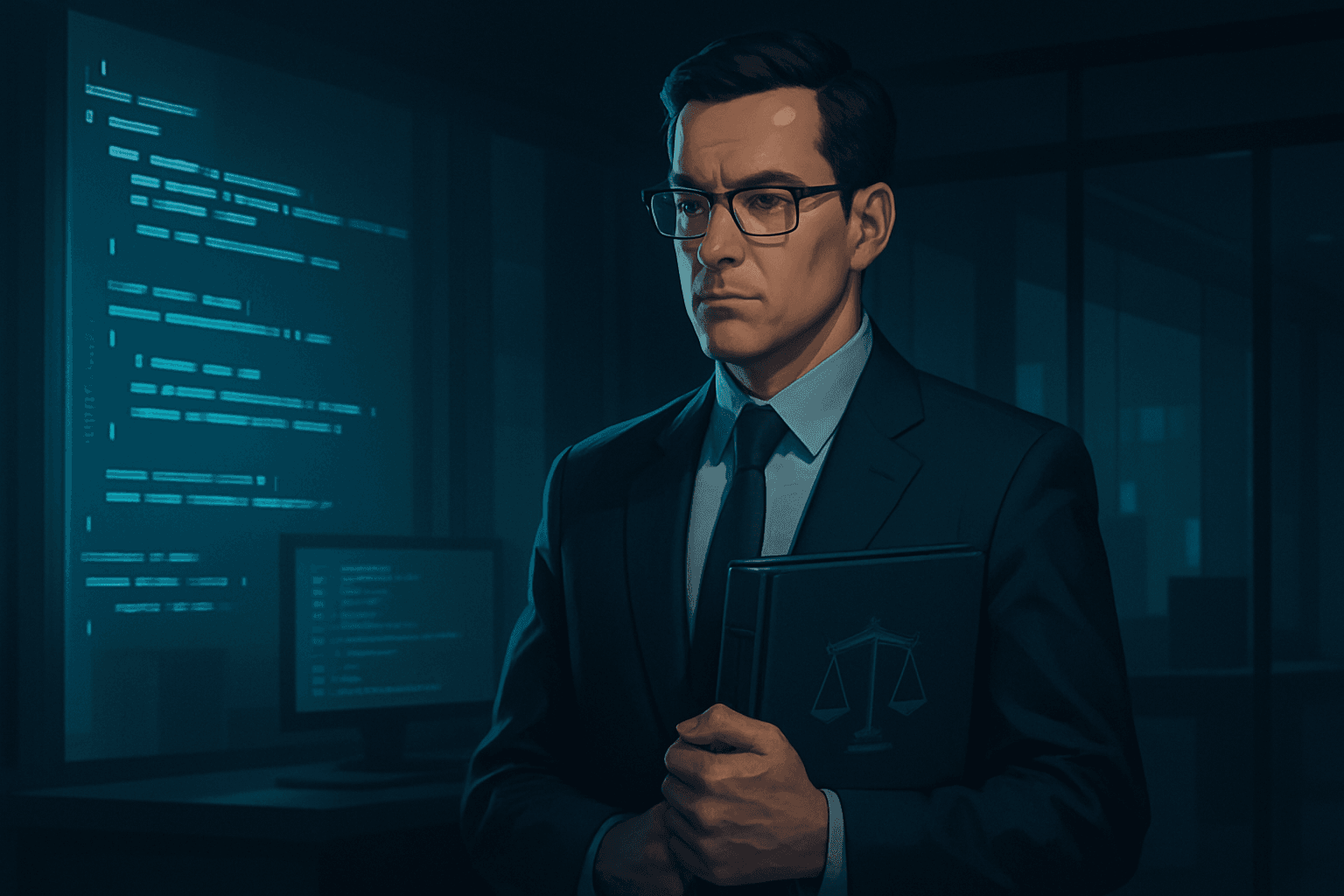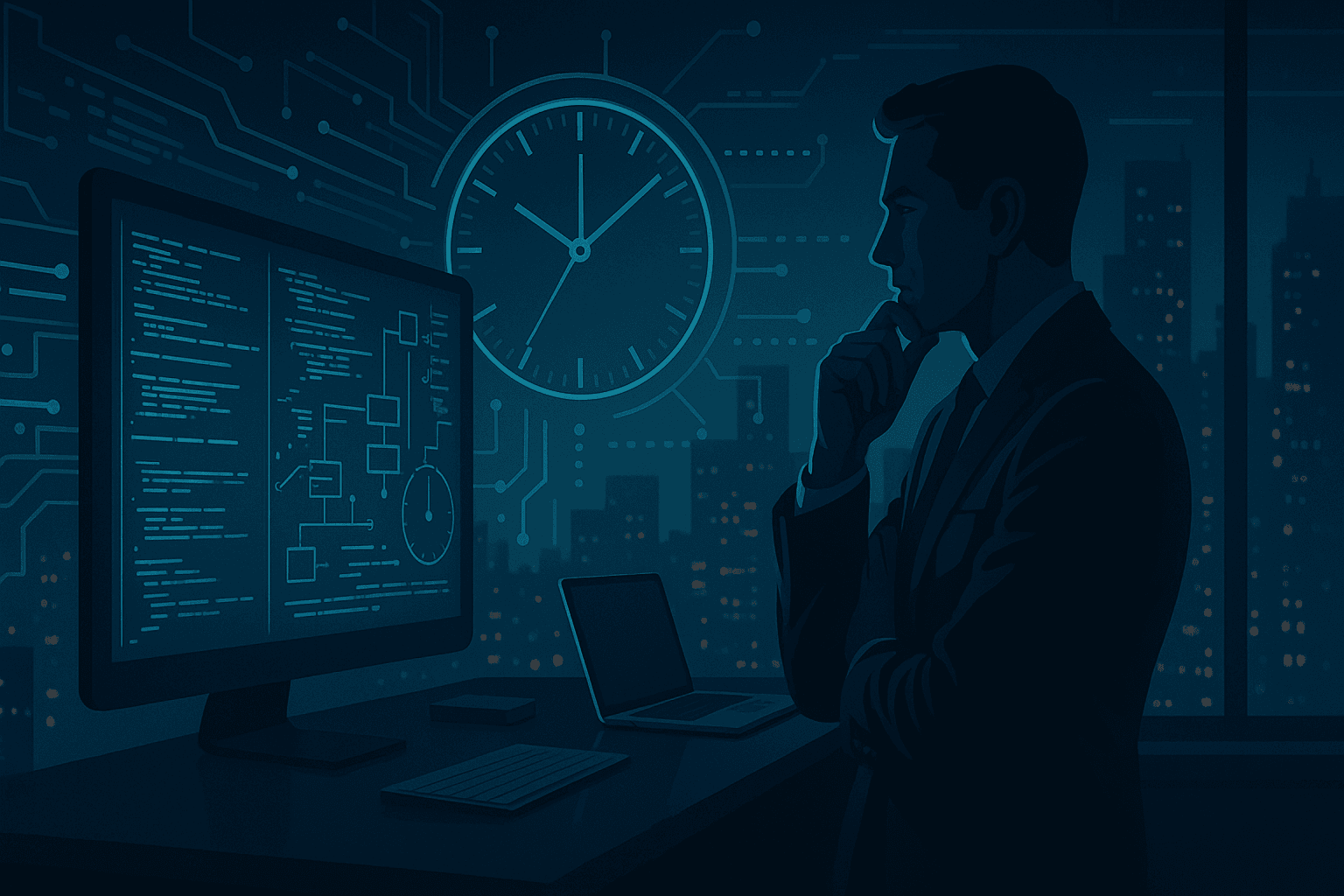Genetic Programming: The Invention Machine in High-Stakes IP Disputes

Genetic programming (GP) has matured from academic curiosity to an applied engine for optimization and design across healthcare, automotive, finance, and robotics. As GP-generated artifacts start to look like inventions, disputes over inventorship, enablement, and trade secrets follow. In complex matters touching algorithmic provenance and code-level causation, an AI expert witness can translate GP pipelines into admissible, verifiable evidence.
How GP works—relevant to evidentiary burdens
Genetic programming is a subfield of machine learning and a type of evolutionary algorithm. Candidate programs (syntax trees) are initialized, recombined, and selected using fitness functions and termination criteria. Unlike genetic algorithms that optimize fixed-length strings, GP frequently emits runnable programs (e.g., Lisp, MATLAB, C++, Java). Random initialization and selection pressure mean most candidates fail, while a minority exhibit surprising performance—fueling GP’s reputation as an “invention machine.” Seeds, logs, and hyperparameter histories become reconstruction evidence a court can understand when mapped to repositories and experiment trails.
What a software expert witness examines in GP pipelines
- Conception vs. reduction to practice: Correlating code commits, fitness logs, and model artifacts with claimed dates and contributors.
- Enablement and written description: Demonstrating that a person of ordinary skill could replicate the runs with disclosed seeds, parameters, and datasets.
- Obviousness and secondary considerations: Running ablations to isolate where gains originate, avoiding credit to data leakage or post-hoc curation.
GP applications that tend to surface in disputes
Cancer treatment personalization. Workforce constraints are projected to persist (Mercer). Research on personalized cervical-cancer therapy scheduling shows specialists often preferred GP-generated plans in tested scenarios (arXiv study).
Automotive engineering and safety. Filing activity around transportation AI remains high (context in Sidespin’s AI IP trends). GP has been investigated for crash-related optimization, including BMW’s work on crash applications (IEEE Computer Society). A software expert witness can quantify whether alleged improvements are material or routine optimization under KSR-style reasoning.
Economic forecasting. GP can discover functional forms without heavy prior assumptions; a VILNIUS TECH/UPC study reported GP often outperformed recursive autoregressive baselines on EU/Baltic sentiment estimation (study).
Robotics navigation in unstructured environments. GP-based path planning and robotic control pipelines let policies evolve in simulation before deployment, which matters when failure modes or accident causation are disputed.
For additional in-house context on litigation intersections, see Sidespin’s pieces on crypto lawsuits and the Copilot litigation landscape (software/AI expert analysis).
Legal touchpoints that frequently decide outcomes
- Inventorship (U.S.). Only natural persons qualify as inventors; algorithms cannot be listed. See Thaler v. Vidal, 43 F.4th 1207 (Fed. Cir. 2022) (opinion PDF).
- USPTO guidance (2024). AI-assisted inventions require meaningful human contribution to the claimed subject matter (USPTO inventorship memo).
- EPO perspective. AI/ML, including genetic algorithms, are abstract mathematical methods unless producing a technical effect in context (EPO Guidelines, G-II, 3.3.1).
- Risk and reliability. Governance vocabularies map cleanly to Daubert reliability; see the NIST AI RMF 1.0.
- Macro trends. WIPO’s AI technology-trends reporting provides baseline data for industry context (WIPO report).
Practical litigation considerations around GP evidence
- Provenance and recordkeeping: Seeds, random states, fitness logs, parameter sweeps, data versions, and source control history are essential for reconstruction.
- Reproducibility: Reasonable error bands on reruns avert cherry-picked results and establish reliability.
- Causation: Ablations and leakage checks separate authentic algorithmic contribution from confounders.
- Commercial framing: GP is often positioned as an R&D accelerant; internal disclosures should align with enablement requirements and trade-secret boundaries.
When a software expert witness changes the trajectory
Early case assessment, source-code inspections, and methodical reruns frequently compress issues, clarify where novelty actually resides, and lower noise in damages theories. A software expert witness can align GP artifacts to claim charts, explain failure modes, and evaluate whether alleged performance deltas reflect genuine technical improvement.
To discuss GP evidence, inventorship, or code-level causation in active disputes, contact Sidespin Group.
Related Insights

